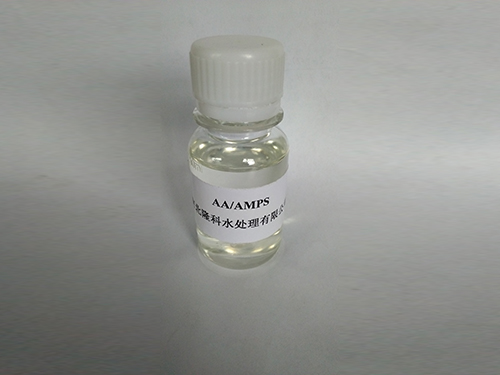poly aluminium chloride uses
The Versatile Uses of Poly Aluminium Chloride
Poly Aluminium Chloride (PAC) is an inorganic polymer that primarily serves as a coagulant in water treatment processes. Its unique chemical structure and properties make it an indispensable compound across various industries. This article explores the multifaceted applications of PAC, highlighting its significance in water purification, paper production, and many other sectors.
Water Treatment
One of the most prevalent uses of Poly Aluminium Chloride is in water treatment. PAC is highly effective in removing turbidity, color, and various contaminants from water. It works by neutralizing the charge of suspended particles, allowing them to clump together and settle, a process known as coagulation. PAC can be used in both municipal water treatment plants and in the treatment of industrial wastewater. Its efficiency at low dosages makes it a preferred choice for many water treatment facilities worldwide.
Furthermore, PAC has the advantage of producing less sludge compared to traditional coagulants like aluminum sulfate. This characteristic simplifies the sludge management process, making it more environmentally friendly. In regions where clean water is scarce, PAC plays a crucial role in providing safe drinking water and helping to maintain public health.
Paper Industry
In the paper industry, Poly Aluminium Chloride is utilized as a retention aid and a surface sizing agent. When added to pulp, PAC improves the retention of filler and fibers, enhancing paper quality and reducing production costs. Its use leads to higher yields with less waste material, which is financially beneficial for paper manufacturers.
Additionally, PAC can improve the brightness and opacity of paper products. Its coagulating properties help ensure that additives stay uniformly dispersed throughout the pulp, resulting in better-quality paper. This is particularly important in the production of high-grade papers, where visual quality and performance are paramount.
Textile Industry
The textile industry also benefits from the use of Poly Aluminium Chloride. PAC is employed in dyeing and printing processes, where it aids in the fixation of dyes, improving the color quality and fastness of the fabric. This not only enhances the aesthetic qualities of the textiles but also contributes to the overall durability and longevity of the dyed fabrics.
poly aluminium chloride uses

Moreover, PAC can facilitate the treatment of wastewater generated from textile production processes, ensuring that harmful chemicals are neutralized before the water is released into the environment. This is increasingly important as regulations surrounding wastewater disposal become more stringent.
Construction Sector
In the construction industry, PAC is utilized as a solidifying agent in cement and concrete mixes. It enhances the properties of the binder, leading to improved strength and durability of the materials. Additionally, PAC can be used as an additive in construction chemicals, helping with water retention and workability in various applications.
Other Applications
Beyond these industries, Poly Aluminium Chloride has numerous other applications. It finds use in the food industry as a clarifying agent for beverages such as fruit juices and beer, helping to remove unwanted particles and achieve a clear product. Furthermore, PAC is also employed in agriculture for soil conditioning, improving water retention, and nutrient availability.
Environmental Considerations
While PAC has many advantages, it is essential to use it responsibly to minimize potential environmental impacts. As with many chemical compounds, overuse can lead to imbalances in ecosystems. Therefore, regulatory guidelines govern its application in various sectors to ensure safety and efficacy.
Conclusion
In summary, Poly Aluminium Chloride is a versatile compound with wide-ranging applications that contribute significantly to various industries, especially water treatment and paper manufacturing. Its efficient coagulation properties, coupled with environmental benefits, have established PAC as a vital agent in promoting cleanliness, sustainability, and quality across many sectors. As industries continue to evolve, the importance of PAC in addressing modern challenges, such as water scarcity and pollution, will undoubtedly grow, making it a valuable asset in the quest for sustainable development.
-
Water Treatment with Flocculant Water TreatmentNewsJun.12,2025
-
Polymaleic AnhydrideNewsJun.12,2025
-
Polyaspartic AcidNewsJun.12,2025
-
Enhance Industrial Processes with IsothiazolinonesNewsJun.12,2025
-
Enhance Industrial Processes with PBTCA SolutionsNewsJun.12,2025
-
Dodecyldimethylbenzylammonium Chloride SolutionsNewsJun.12,2025





